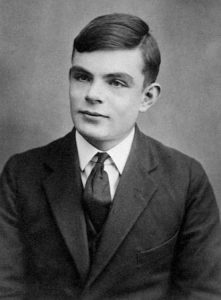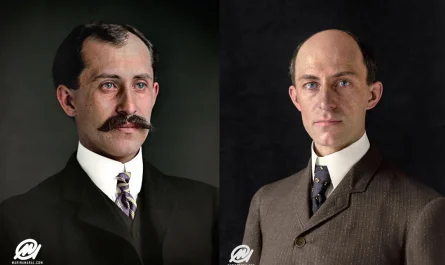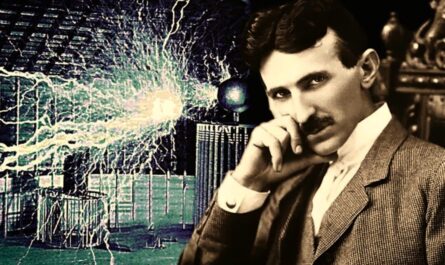Early Life and Innate Curiosity
Charles Babbage was born on December 26, 1791, in London, England, into a world vastly different from today’s digital era. Raised in a wealthy family that valued education, Babbage exhibited a sharp mind and an unrelenting curiosity from an early age. His parents supported his intellectual pursuits, providing access to private tutors, books, and resources that nourished his interest in mathematics and mechanics. By the time he enrolled at Trinity College, Cambridge, in 1810, Babbage had acquired substantial knowledge of mathematics and the sciences, standing out among his peers.
At Cambridge, Babbage quickly became frustrated with the existing mathematical tools and teaching methods, which he found outdated. Alongside fellow students, he founded the “Analytical Society” to advocate for modern mathematics, particularly the notation introduced by Leibniz. The society sought to reform British mathematics, setting the stage for Babbage’s later pursuits in computation. His involvement with the Analytical Society laid the groundwork for a career focused on improving the precision and efficiency of mathematical calculations.
The Quest for Precision: Designing the Difference Engine
During the 1820s, Babbage observed a critical need for more accurate mathematical calculations. Navigation tables, which were essential for ship travel, were prone to errors that sometimes resulted in disastrous consequences. Determined to address this issue, he envisioned a machine capable of performing flawless calculations autonomously. This idea led him to the creation of the Difference Engine, a mechanical device designed to calculate polynomial functions with incredible accuracy.
The Difference Engine was more than just a machine for Babbage; it represented a solution to human error. In 1822, he approached the British government with his concept, securing initial funding to begin development. Despite the ambitious vision, creating a machine of such complexity proved challenging. Babbage encountered numerous obstacles, from technical limitations to the high costs of precision machining, which were unavailable in that era. While the Difference Engine was never fully completed, it demonstrated the feasibility of mechanical computation, inspiring future generations of engineers and scientists.
Breaking Boundaries with the Analytical Engine
Babbage’s ambition did not stop with the Difference Engine. By 1837, he conceived an even more revolutionary idea: the Analytical Engine. This machine represented the world’s first programmable computer. Unlike the Difference Engine, which was limited to specific calculations, the Analytical Engine was a universal computing device, capable of performing any mathematical operation based on input instructions.
The Analytical Engine contained components that closely resemble those in modern computers, including a “mill” (the equivalent of today’s CPU) for calculations, a “store” for data storage, and even an early form of memory and control flow through conditional loops and branching. Babbage’s use of punch cards to input data and instructions was inspired by Jacquard looms in textile manufacturing, allowing the machine to follow complex sequences of commands. Although the Analytical Engine was never built in his lifetime, Babbage’s design laid the foundational principles of computing architecture.
Collaboration with Ada Lovelace: A Visionary Partnership
One of Babbage’s most notable collaborations was with Ada Lovelace, the daughter of poet Lord Byron and a brilliant mathematician. Lovelace became intrigued by the Analytical Engine, quickly recognizing its potential beyond mere calculations. While Babbage saw the engine as a tool for automating mathematical functions, Lovelace envisioned broader applications, imagining it as a device capable of processing symbolic information, potentially influencing fields like music and art.
Lovelace documented her insights in a set of notes, often regarded as the first computer program. She devised an algorithm to calculate Bernoulli numbers, demonstrating the machine’s versatility. Her work, in collaboration with Babbage, cemented her place in history as the world’s first computer programmer. Lovelace’s foresight into the potential of machines expanded the vision for computing, laying the groundwork for future interdisciplinary applications.
Challenges and Unfinished Dreams
Despite his brilliance, Babbage faced numerous challenges that hindered the completion of his engines. The mechanical precision required to build the Analytical Engine was beyond the capabilities of 19th-century technology, and the cost was prohibitively high. Although the British government initially funded his work on the Difference Engine, they eventually withdrew support, forcing Babbage to finance his projects privately. His passion for invention, however, kept him motivated despite frequent setbacks.
Babbage’s unfinished engines remained symbols of his relentless pursuit of innovation. While he could not see his vision realized, his detailed blueprints and technical drawings provided a roadmap for future engineers. His work highlighted the potential of machines to transform human labor, a concept that inspired the pioneers who developed electronic computers in the 20th century.
The Legacy of Charles Babbage
Today, Charles Babbage is celebrated as the “father of the computer.” His groundbreaking ideas laid the foundation for computational technology, shaping the field of computer science. Though his engines were incomplete, Babbage’s designs contained the fundamental principles of programmability and automation. His vision has inspired generations of inventors, scientists, and engineers, paving the way for the digital age.
Babbage’s legacy is evident in the devices that power modern life, from computers to smartphones. His work serves as a reminder of the power of imagination, ambition, and perseverance. Babbage’s contributions remain a testament to the potential of human ingenuity, leaving a lasting impact on the world of technology.
Charles Babbage: Key Facts and Timeline
| Full Name | Charles Babbage |
|---|---|
| Birth | December 26, 1791, London, England |
| Death | October 18, 1871, London, England |
| Nationality | British |
| Education | Trinity College, Cambridge |
| Known For | Developing the concept of the first mechanical computer |
| Notable Inventions | Difference Engine, Analytical Engine |
| Collaborations | Ada Lovelace (first computer programmer) |
| Awards and Honors | Fellow of the Royal Society, Gold Medal of the Astronomical Society |
| Legacy | Regarded as the “Father of the Computer” |



